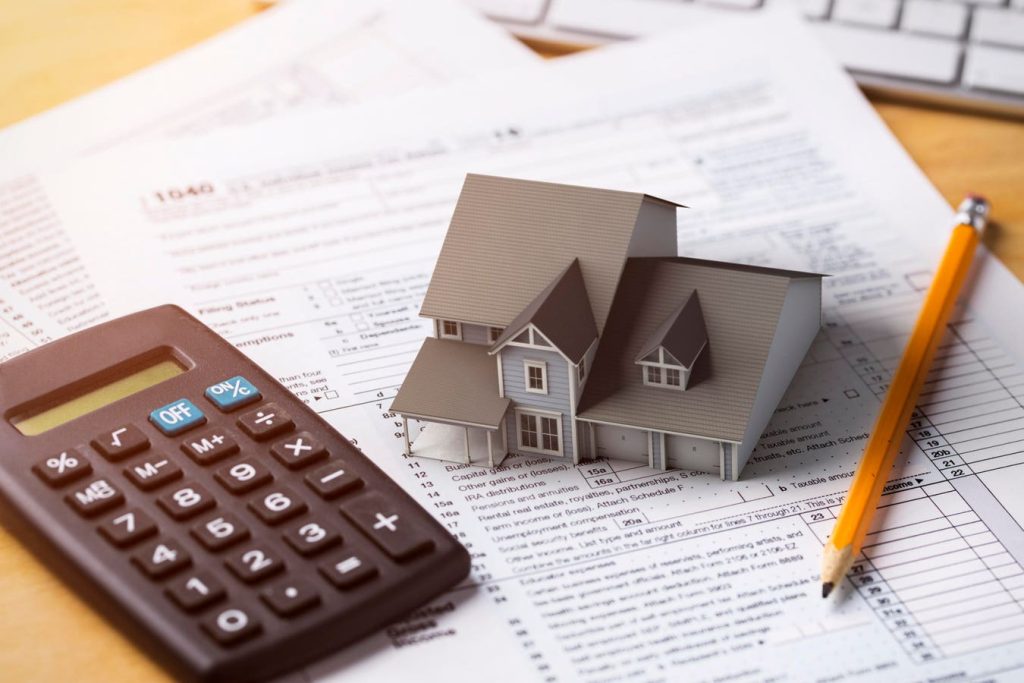The Hidden Tax Trap Keeping Americans in Homes They No Longer Want
America’s housing market is caught in a complex affordability crisis that touches nearly every household. According to the National Association of Home Builders, 60% of U.S. households cannot afford a $300,000 home—a sobering statistic when the median home price exceeds $400,000. This crisis stems from multiple factors: restrictive zoning laws, increased construction costs, labor shortages, and high mortgage rates that have locked many homeowners into their properties with loans at rates half of today’s. These constraints have kept housing inventory historically low, with active listings only recently climbing back above one million nationwide after falling below that threshold during the pandemic for the first time since at least 2016.
Yet amid these well-documented challenges lies a less discussed but equally significant barrier to housing mobility: an outdated tax policy that hasn’t kept pace with soaring home prices. Since 1997, the capital gains exclusion for primary residences has remained fixed at $250,000 for single filers and $500,000 for married couples. This policy, created to simplify the tax code by eliminating the need to track gains rolled over from home to home, has become increasingly problematic as home values have skyrocketed. According to recent analysis from Moody’s Analytics, had these exclusion limits kept pace with housing price growth, they would now stand at $885,000 for individuals and $1,775,000 for couples. Even a simple adjustment for general inflation would have raised these thresholds to $500,000 and $1 million respectively. Instead, the static limits have created a significant tax trap for long-term homeowners, particularly seniors, who face substantial tax bills when selling homes that have appreciated dramatically over decades of ownership.
This tax situation has severely distorted the housing market by discouraging mobility at a time when it’s desperately needed. Nearly 6 million households headed by Americans 65 and older occupy homes larger than 2,500 square feet—properties that many would gladly exchange for smaller, more manageable living spaces if not for the tax consequences. For many of these homeowners, particularly in high-cost markets, selling would trigger capital gains taxes exceeding $100,000. This creates a powerful financial incentive to remain in place until death, when heirs receive the property with a stepped-up basis that eliminates capital gains liability entirely. The result is a housing market frozen by tax policy, where empty-nesters remain in oversized homes while younger families struggle to find suitable housing for growing households, and first-time buyers face increasingly insurmountable barriers to entry.
The economic impact of this misallocation extends far beyond individual households. Moody’s Analytics estimates that overhoused seniors spend between $3,000 and $5,000 more annually on maintenance, utilities, and property taxes than they would in appropriately sized homes—an aggregate waste of $20-30 billion each year. Meanwhile, underhoused families experience increased stress, children face poorer educational outcomes, and health metrics decline. The broader economy suffers as labor mobility decreases and job growth slows in otherwise dynamic metropolitan areas. Contrary to initial assumptions, the outdated exclusion limits don’t primarily benefit the wealthy. In fact, middle-class homeowners in high-cost states and those experiencing life changes (such as widows, who have just two years after a spouse’s death to sell and maintain the full exclusion) often bear the heaviest burden. An earlier IRS study found that 20-25% of capital gains tax collected under current rules would come from filers with incomes below $20,000 in 1995-1996 dollars. Wealthier households, by contrast, typically have more flexibility to time sales, move more frequently to keep gains below the threshold, or pass homes to heirs—strategies unavailable to most middle-class homeowners.
Policymakers have recognized this problem, with multiple attempts to update the exclusion limits since 1997. Currently, two bills address the issue from different angles: the More Homes on the Market Act (H.R. 1340), introduced by Democratic Representative Jimmy Panetta of California, which would double the exclusions and index them to inflation; and the No Tax on Home Sales Act (H.R. 4327), sponsored by Republican Representative Marjorie Taylor Greene of Georgia, which would eliminate the caps entirely. The White House has acknowledged the issue, with President Trump indicating openness to the concept while suggesting that Federal Reserve interest rate cuts could provide an alternative solution. According to Cristian deRitis, deputy chief economist at Moody’s Analytics and co-author of their study, modifying capital gains treatment represents one of the few direct levers available to federal policymakers seeking to address housing market dysfunction, as most zoning and supply issues fall under state and local jurisdiction.
Any adjustment to these tax policies, however, would involve significant trade-offs. Raising or eliminating the capital gains exclusion cap could free hundreds of thousands of homes, boost local tax revenues, and help unclog the market. Yet it might also intensify competition at the lower end of the market as downsizing seniors compete with first-time buyers for smaller properties. As with many tax code changes, unintended consequences remain a serious concern—just as the 1986 Tax Reform Act’s elimination of credit card interest deductions led to a surge in home equity loans, further privileging housing as a tax shelter could ultimately drive prices even higher. This creates a potential paradox where a policy intended to make housing more accessible by increasing inventory could simultaneously make housing less affordable by inflating demand. The challenge for policymakers lies in balancing immediate relief for those trapped in unsuitable homes against the long-term stability of the housing market—a delicate equation with implications for virtually every American household.


